© ROOT-NATION.com - Use of content is permitted with a backlink.
What will the robots of the future look like? What can we expect from the collaboration between developers of humanoid robots and AI algorithms? Will AI get a body?
After the stunning success of ChatGPT by Open AI and other successful projects in the field of AI and machine learning algorithms, more and more experts are thinking about this very question.
Humanoid robots have always attracted the attention of not only science fiction film directors but also engineers and developers. Mankind wanted to find an artificial assistant – a robot that would help with everything, do hard and dirty work. And at the same time, it would be obedient and intelligent.

I will not recount here the plots of science fiction films in which robots behaved differently, sometimes becoming friends and assistants to humans, and sometimes posing a threat to humanity. The famous Skynet is not worth mentioning.
The idea to write this article came to me after watching the industry event Imagination in Action, which is not much talked about. This event sometimes shapes the future of AI development. So, let’s take it one step at a time.
Read alsо: The best tools based on artificial intelligence
Industry event “Imagination in Action”
13 April 2023. Imagination in Action, an industry event organised by one of the world’s best universities, the Massachusetts Institute of Technology, is underway. The Samberg Convention Centre in Boston is bursting at the seams with enthusiasts of new technologies. There were not enough chairs for everyone. Many visitors stand along the walls or sit on the steps of the auditorium. Everyone is waiting for the same performance. The star of the show is Sam Altman, a rising star in the tech world.
The head of OpenAI, whose ChatGPT artificial intelligence language model is mentioned alongside major innovative technologies such as the smartphone or the Internet. It’s hard to judge whether decades from now it will still be considered such an important step in human development, but it’s a topic that dominates the tech world right now. Moreover, a startup that is still known only to specialists has forced big tech monsters like Google or Microsoft to take nervous steps and join the race to create the best artificial intelligence.

And here comes the long-awaited performance by Sam Altman. Everyone is waiting with bated breath for something new and incredible from the long-awaited guest. And while communicating with the participants via Zoom, he decided to surprise them this time. Sam Altman said that in the future, the size of the language model will not matter much. “We’re coming to the end of the era of building giant language models,” he said, adding that OpenAI will continue to improve them and use them in other ways.
What exactly is being developed at Open AI? Sam Altman hasn’t disclosed this yet, but it seems that he said these words not by accident. Indeed, it seems that the key is not to make language models bigger and bigger and fill them with more and more data, but to use them skilfully. And how to do this is probably already obvious. Just two days earlier, OpenAI had announced that it was working on a humanoid bipedal robot that would become a “physical body” for artificial intelligence.
Dreams of robots
This is not the first time we have heard OpenAI talk about humanoid robots. A few years ago, the company invested heavily in research in this area. It even developed a robotic arm that could fold a Rubik’s cube. The long-term goal of this project was to create a “general-purpose” robot capable of understanding natural language and interacting with people. At the time, OpenAI suffered a serious setback. A few years later, the work was suspended due to the lack of data that would allow this dream to come true. And the department of internal robotics was liquidated in 2021. It seemed that everything was in vain and not worth the effort, but…

However, the situation has changed now. The company has completely different resources, both in terms of data and financial. Along the way, OpenAI has become the fastest growing platform in history. And Microsoft has invested a billion dollars in its development. This is hardly a fortune to be expected. In addition, its researchers discovered that the powerful language model they developed could be successfully used to control drones or robots. Therefore, when OpenAI announced that it was investing in 1X Technologies, a Norwegian startup that builds humanoid robots, it was perceived as a return to the old, extremely ambitious plans and dreams. To dreams of creating a machine that can perform almost any task better than a human.
The investment in 1X Technologies is intended to create a robot called Neo, which is said to allow artificial intelligence to take the form of a human body. The machine, which is equipped with an “algorithmic brain” based on ChatGPT, is intended to become a workforce that will support or replace humans in performing some particularly onerous or dangerous work, such as at heights or in contact with hazardous substances.
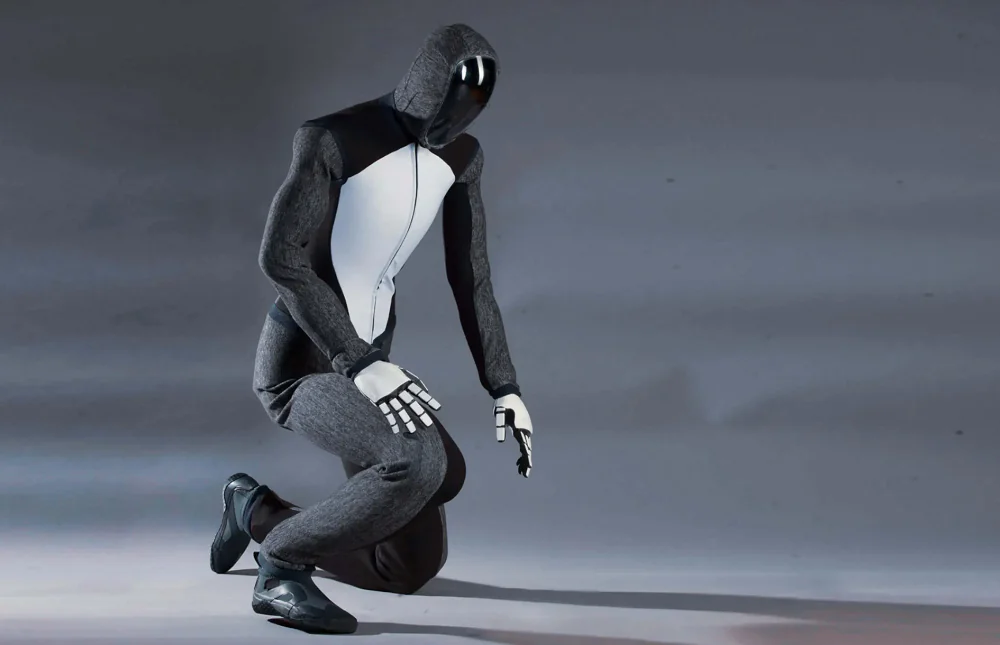
The first results will be known at the end of this summer. And although it sounds like a story from a science fiction film, especially since both companies are very tight-lipped and disclose little, it fuels fantasies that can be compared to a gold rush. Undoubtedly, whoever is the first to introduce a robot that can do some work on its own or help a human with it will be able to count on incredible profits. This is now understood by all participants in the race.
Read also: From CUDA to AI: the secrets of NVIDIA’s success
Robotic racing
Of course, it is not only OpenAI that wants to be the “king of the hill” in this area and make super profits. Many companies and startups are working on different types of robots. However, this step is perceived by many as a challenge to the richest man in the world, Elon Musk. At Tesla, he is working not only on autonomous cars but also on his own robot Optimus.
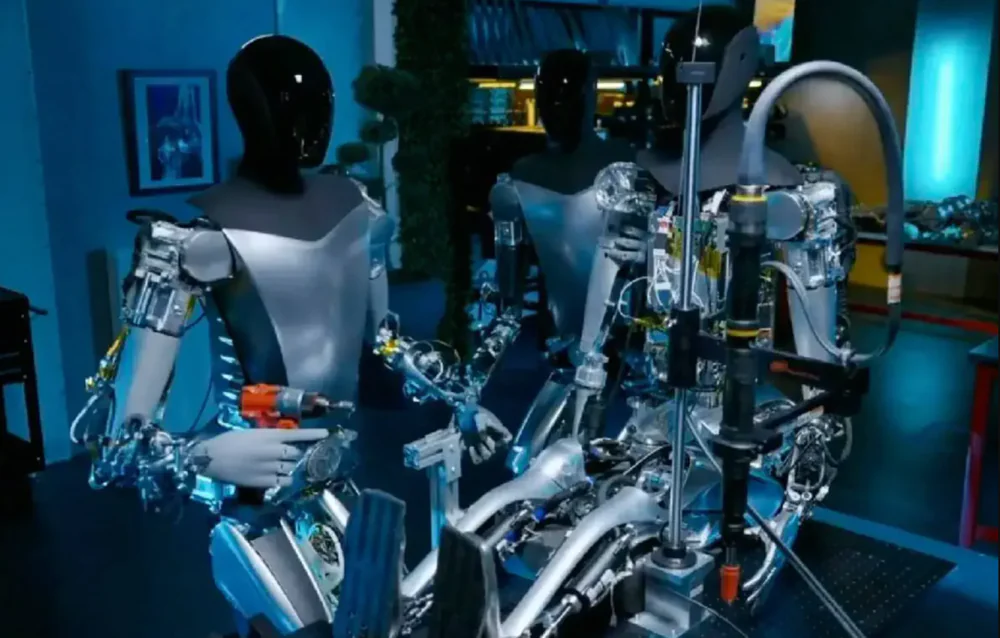
Recently, there has been a lot of talk about his plans to create a startup called X.AI that would compete with OpenAI. I have written about TruthGPT, so let’s not talk about it here. I will only note that the billionaire is already hiring the best researchers, looking for investors, and buying the equipment needed to develop a language model in order to, at least officially, build a technology that should be safe and not pose a threat to society. However, knowing Musk’s character, these statements are hard to believe.
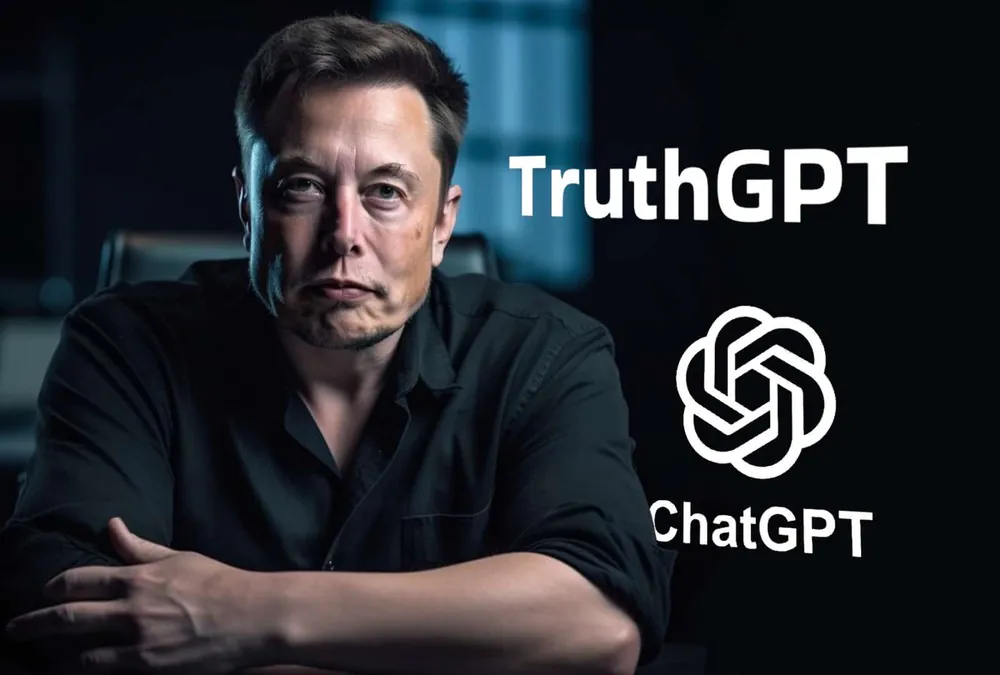
This is not Musk’s first investment in artificial intelligence. More than a decade ago, he invested heavily in DeepMind, a British startup that was supposed to create a machine capable of doing everything the human brain can do. However, less than four years later, the company was acquired by Google for $650 million.
Around the same time, and perhaps not everyone remembers this, Musk co-founded OpenAI. However, when it later ceased to operate as a non-profit organisation, he left disappointed. But there was something else behind the decision, obviously, a conflict of interest, because Musk was creating his own artificial intelligence project at Tesla at the time, which was supposed to allow the development of technologies to support car drivers. And for this project, the billionaire bought one of the key engineers from OpenAI.
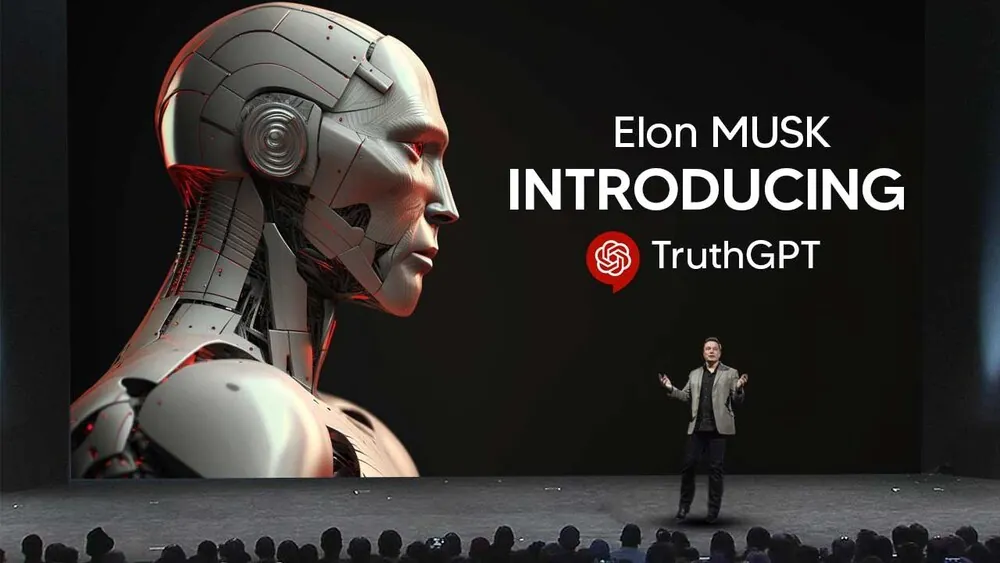
So, Musk is behaving somewhat strangely now, albeit predictably. He criticises OpenAI and warns against the risks associated with artificial intelligence, but at the same time he is building it himself. He warns against AI-controlled robots because they can “take jobs away from people” and, above all, the creation of such robots will have “terrible consequences”, as in the film Terminator. At the same time, he sells self-driving cars, which have already caused a number of fatal accidents. There is a clear explanation for this attitude: Musk does not want to drop out of the race when the stakes are so high. Even if this somewhat contradicts what he personally thinks about artificial intelligence.
Of course, OpenAI and Elon Musk are not alone in this race. Other companies, such as Boston Dynamics, are also participating in the competition. Their robots appear from time to time at various tech exhibitions and shows and impress with their agility, strength, and mobility. There is also a startup called Figure, which is working on a humanoid robot called Figure 01. Then there is Agility Robotics, which has been working on robots with legs for some time now and recently demonstrated one that even walked.

Boston Dynamics is a company known for its Atlas robots, which show how vast the mobile capabilities of machines can be, how much they can be like us, like humans. Internet users all over the world are delighted with the videos posted on the web, where you can see, for example, humanoid robots dancing. The problem is that these machines are insanely expensive (up to several million dollars), and experts say they lack the software to make them useful. However, it seems that this gap can now be filled.
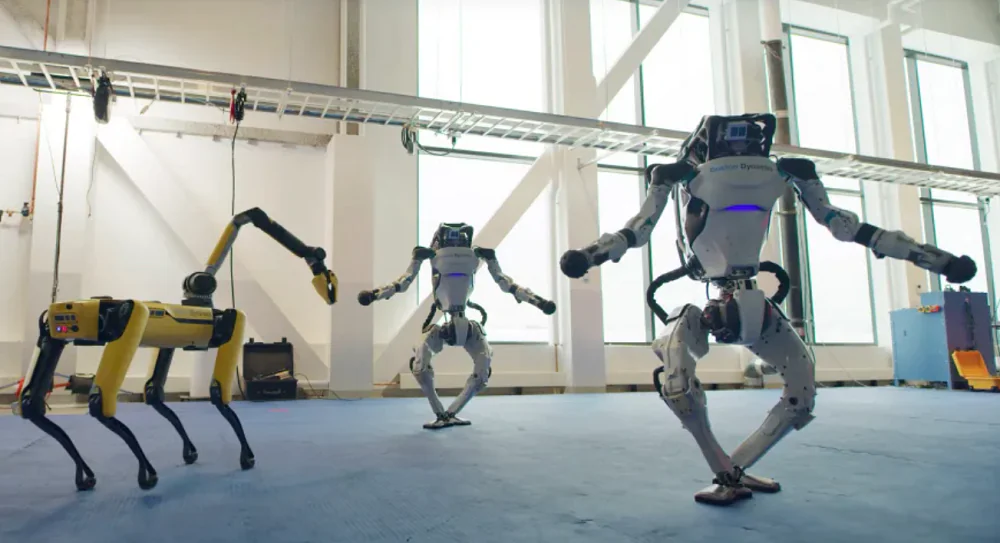
Jerry Pratt, an experienced scientist from the Institute for Human and Machine Cognition in Florida, is behind Figure AI. He is currently a co-founder of a startup that creates a humanoid robot designed to work in a warehouse. The main thing is that his idea is supported by investors who have already invested $70 million in Figure AI.
The machine developed by Figure AI is taking its first steps in warehouses. This is a key task, as the humanoid robot is supposed to be used in such places. This solution is much more feasible today than it was a decade ago, as advances in machine learning have made it much easier for machines to navigate complex environments and perform difficult tasks such as grabbing objects or climbing stairs.

In addition, thanks to the development of electric vehicles, we have very powerful batteries, which are essential for creating robots, because they need a huge amount of energy to move quickly, dynamically and be able to balance, for example, in the event of a slip. Humans react quickly to such situations, but robots are also getting better. It is important that a machine developed by FigureAI should not be more expensive than a car, which will make it extremely attractive to many businesses.
 The third company, Agility Robotics, is creating a humanoid robot, but it has chosen a slightly different direction. Their machines will have two legs like humans, but they will not try to copy the mechanisms of human leg movement. They look as if the developers were inspired by the movements and appearance of birds. The results, released recently, are impressive.
The third company, Agility Robotics, is creating a humanoid robot, but it has chosen a slightly different direction. Their machines will have two legs like humans, but they will not try to copy the mechanisms of human leg movement. They look as if the developers were inspired by the movements and appearance of birds. The results, released recently, are impressive.

During the demonstration, the Agility Robotics machine impressed with its performance as a warehouse worker. It easily picked up containers from the shelves and placed them on the conveyor. And the company’s representatives assured that its robots can climb stairs, ramps and move on unstable ground surfaces, bend or stretch upwards during operation and even squeeze into narrow spaces.
Read also: Does Elon Musk’s TruthGPT have a future?
Technology giants don’t give up either
Large technology corporations are also taking part in the competition, as they also dream of creating robots.
Alphabet, Google’s parent company, is working on a robot that can already execute simple commands based on the PaLM language model. For example, to bring something to eat or to wipe up juice spilled on the floor.
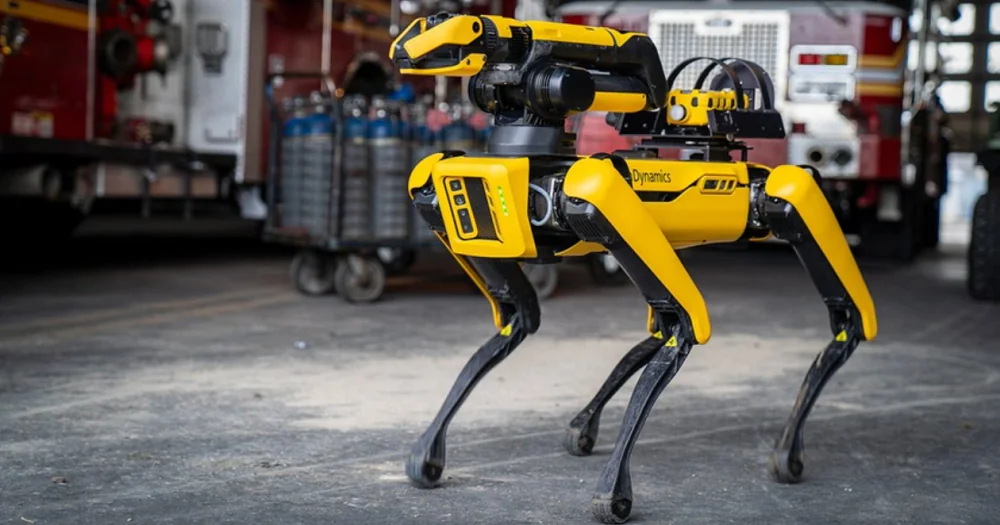
Meta, Mark Zuckerberg’s company, is using Boston Dynamics’ Spot robot to develop technology that allows machines to learn to navigate the world they see on their own. All this without the need to create extensive software that explains what the world looks like and what it consists of.
And Amazon is already selling Astro, an autonomous robot on wheels. Its capabilities are still quite limited. Astro will help you control your home devices, make video calls, listen to your favourite music, or monitor your home, but it seems to be just the first step.
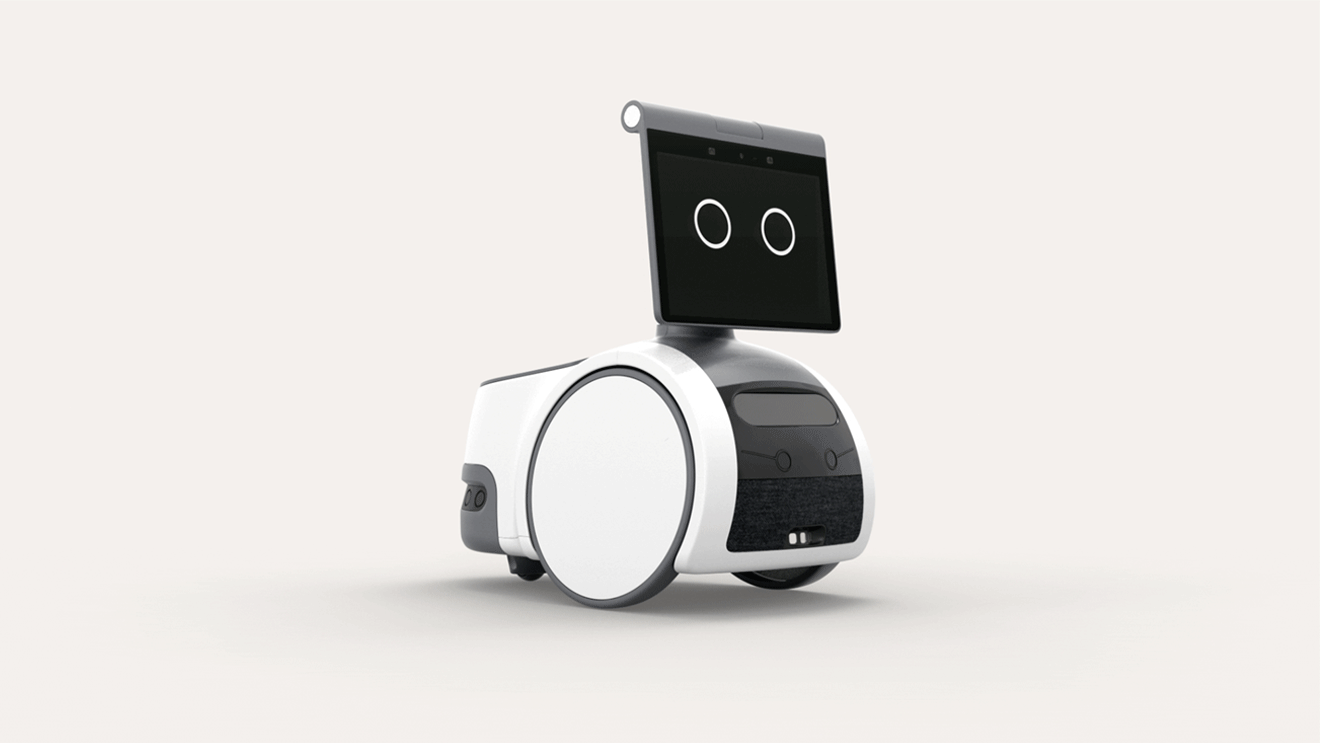
The e-commerce giant has also invested in the aforementioned Agility Robotics. And we shouldn’t forget that its warehouses already have more than half a million robotic units called Proteus, which, although they don’t look like humans, perform similar work in parcel sorting centres and distribution centres.
Read also: What are 6G networks and why are they needed?
A breakthrough is coming
This race shows that, as Wired magazine noted, the field of robotics is approaching a giant breakthrough. No one knows when this will happen, but there is no doubt that the development of a humanoid robot based on artificial intelligence that will be ready to assist or replace humans will be a huge breakthrough in the labour market.
This has been a dream of business owners for decades. After all, robots not only don’t need to be paid a salary every month. They agree to work in any conditions, even those that are dangerous and harmful to humans, 24 hours a day, 7 days a week. In addition, they do not take holidays or sick leave, and they will never think of going on strike. Replacing humans with robots will undoubtedly bring companies great savings and will likely significantly increase efficiency and profits.
It’s hard to know how long the road to realising these desires is, but as some experts point out, it is certainly a very difficult one. Because although machines are good at static tasks in a strictly defined and described to the millimetre programming language environment, going a little beyond it becomes a real challenge for them. Robots like predictability, but people and their world are unpredictable.

So far, there is a gap between robotics and what we now call generative artificial intelligence. Robotics, even with the use of language models, is definitely behind compared to text-based applications such as ChatGPT. The main reason for this situation is the so-called Moravec paradox.
This discovery was formulated in the 1980s by a group of researchers led by Hans Moravek. This paradox is based on the fact that, contrary to traditional beliefs, high-level thinking requires little computing power, while low-level perception and motor skills require enormous computing power.
“It is relatively easy to make computers reflect the skills of an adult in intelligence tests or in a game of checkers, but it is difficult, if not impossible, to program them with the perceptual and motor skills of a one-year-old child,“ Hans Moravec said at the time.
The fact that Moravec accurately described the modern reality several decades ago can be seen in the example of ChataGPT. It can pass a medical exam, but that doesn’t mean that a machine equipped with this system will be able to cope with trivial human skills, such as pouring water into a glass. In short: hard problems are easy, and easy problems are hard.
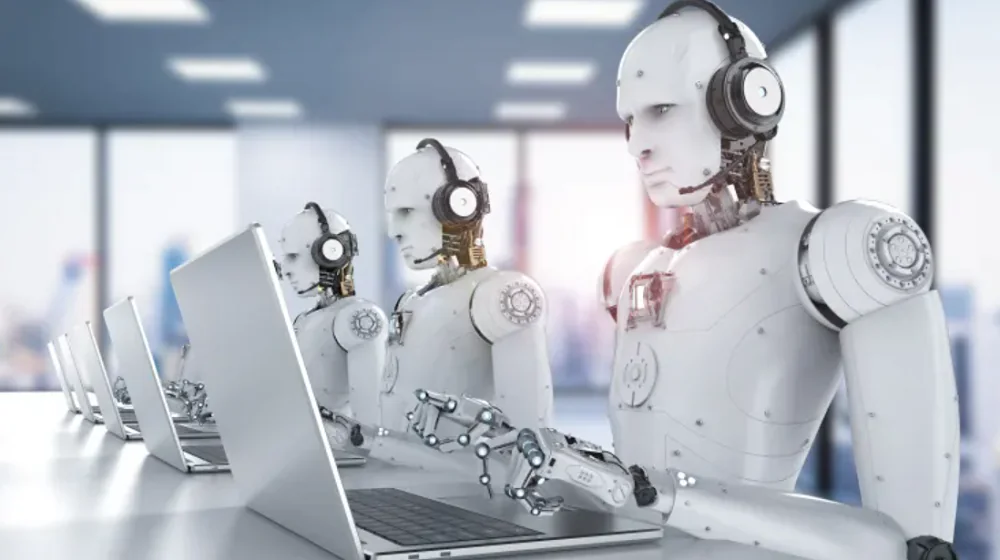
Activities that are trivial to humans have evolved over millions of years in the course of evolution. A two-year-old can already easily recognise his parents’ faces, pick up an object from the floor and give it to another person, or understand that a spoon is not part of the kitchen table. It’s obvious to people. Unlike machines. This is a hell of a difficult task to prepare a robot for. In addition, even a slight change in conditions, such as lighting or moving the object that the robot is supposed to pick up, can cause the machine to perform poorly.
However, this does not mean that scientists and large companies are not trying to solve this problem. This is where language models can help. It is therefore not surprising that there are more and more attempts to “marry” large language models with robotics. The first ones are mainly related to chat rooms such as GPT, but this is only one aspect of their use. After all, the models are great at natural language, but they have also been trained in a programming language. Perhaps this will change the way we communicate with them.
Until now, in order for a robot to perform an action, a programmer had to first write the code and then manually upload it to the machine. Now, perhaps, it will be enough to give a command in natural language, and the machine will write the appropriate code to get the job done. This would be a big step forward. However, even if it succeeds, it will still be a long way from a breakthrough. Thanks to language models, robots can become much more capable than before, but their development still faces many unsolved problems related to motor skills, sound, or world perception.
Read also: 7 coolest ways to use ChatGPT
Is a person’s job now at risk?
Joseph Briggs and Devesh Kodnani, economists at Goldman Sachs, tried to answer this question. Their latest estimates show that the new wave of AI-powered automation could lead to the loss of 300 million jobs worldwide. In the US, nearly two-thirds of jobs are at risk of being partially automated, and one in four jobs could be completely replaced by artificial intelligence.
This wave could also contribute to a 1.5% per year increase in labour productivity over the next decade in the United States alone. This would be an opportunity for the stagnant economies of the US or the European Union, where, despite increased investment in research and development, automation of management systems and labour organisation, productivity growth has slowed to its lowest level since World War II.
This is one side of the economy, but there is another: people. With the introduction of new solutions, the pressure on employees may increase. After all, to keep up with the machines, they will have to work faster, more accurately, harder and, presumably, cheaper.
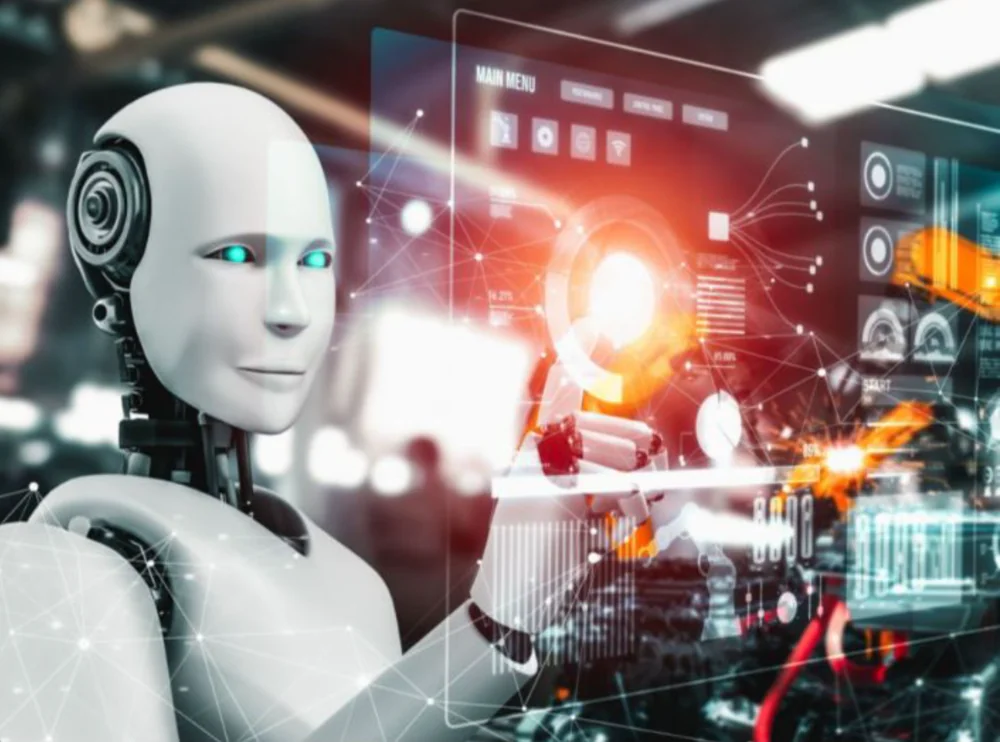
The pressure on employees will increase, and this is undoubtedly a real threat, but a lot depends on what the regulations on artificial intelligence will look like. Of course, there will be certain restrictions to protect employees so that this automation can be carried out in a civilised manner. Without regulation, the impact on the status and position of workers, especially manual workers, will be enormous. There are many signs that artificial intelligence will support people at work rather than replace them. However, some professions, such as drivers, will be replaced by machines, which is already happening. For many people, this will mean looking for another job. Therefore, governments and legislators must be vigilant to prevent mass unemployment.
Fears that robots, even those based on artificial intelligence, will take over our jobs, while widespread, are nothing new. Workers at the beginning of the Industrial Revolution had similar experiences. However, so far we have not seen technological advances lead to a reduction in employment. Of course, no one knows what will happen in the future, but if current trends continue, we will not face mass unemployment.
However, the status quo will not remain, of course. The structure of the tasks we perform will change. We will have work, but we will not do it in the same way as before. Some things that are easier to automate will be taken over by robots or machines, but this will allow employees to focus on tasks that require more human interaction or communication skills.
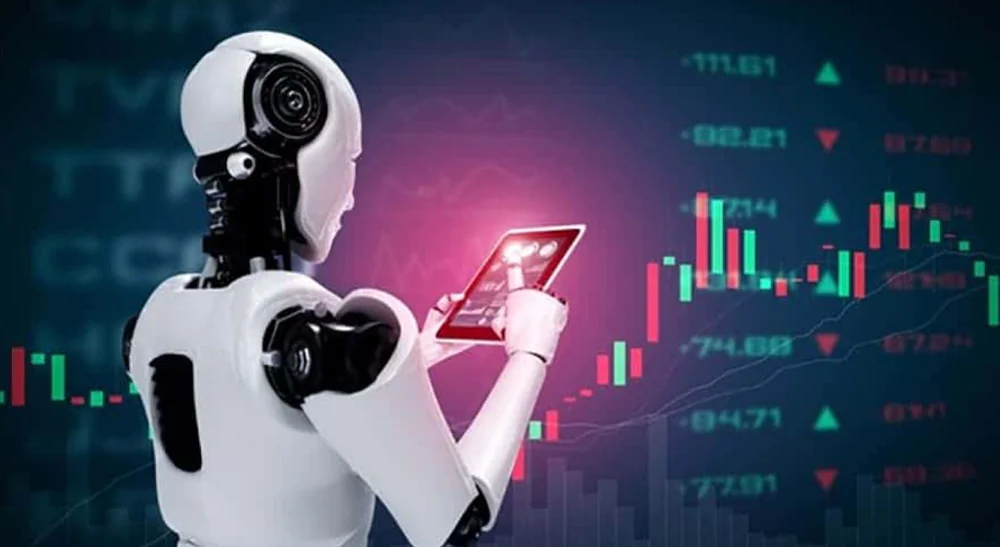
New challenges will also arise. That is why it is important to develop digital competencies and embrace technological change. These skills will be crucial for keeping our jobs, on the one hand, and for keeping our salaries up, on the other. With the introduction of robots or artificial intelligence, we do not see a decline in employment and wages for employees, even those with basic digital skills, such as computer skills. People who lack these skills will definitely have a hard time in the labour market. Changes are also in store for employees who perform repetitive tasks that can be described by algorithms. Their status in the labour market and salaries may fall.
As automation and robotics increase, income inequality is growing. And this is despite productivity growth. Yes, company profits are growing, but they are not going to employees, but to capital owners, companies and investors. The reason for these trends may be automation, but not only. Equally important are changes in the structure of industry, large differences between the productivity of individual companies, or excessive labour costs for employers, which cause a flight to the grey economy and atypical forms of employment.
Therefore, there is no doubt that people should, on the one hand, focus on developing digital skills and, on the other hand, fight for a fairer distribution of the benefits of their labour. So that in the future, robots support people’s work, and not vice versa.
Read also:
- ChatGPT: Simple instructions for use
- Bluesky phenomenon: what is the service and how long will it last?

